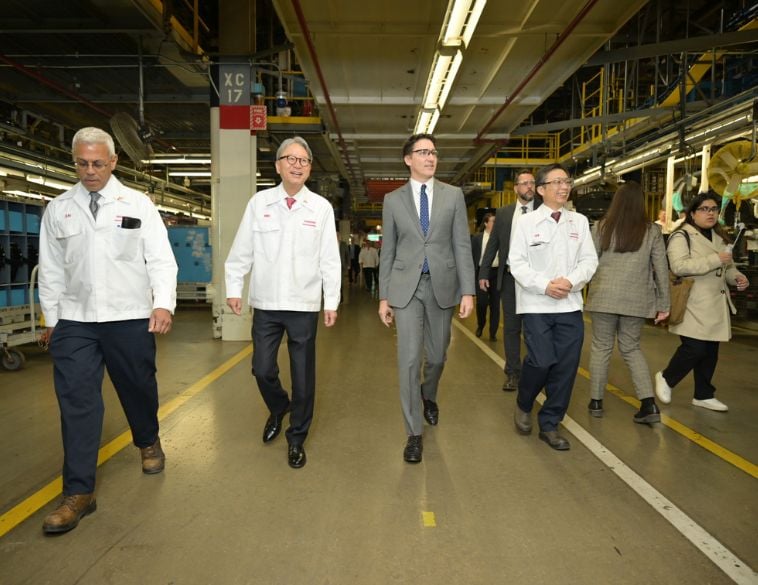Looking at different ways to attract and retain skilled service staff.
While there are many challenges impacting dealers today, one of the biggest concerns is finding qualified service technicians.
Successful recruitment boils down to a number of factors but one thing dealers can do is to look at their business internally and see if they have a competitive program in terms of both an education and apprenticeship perspective and whether it’s cost effective, not only against other dealers, but independent aftermarket shops as well.
Lack of practical learning
Another challenge that dealers face today, concerns the school system. As a result of the COVID-19 pandemic, for the last two years there has been little practical learning, so the apprenticeship aspect of technician development is sorely lacking, and many dealers are facing a situation where there aren’t anywhere near enough technicians available with practical, hands-on experience.
While some have taken an approach of providing incentives or bonuses for their existing staff, or new recruits they have been able to attract, in many cases, dealers are having to explore different avenues to combat the skill shortage.
At TADA, we’ve offered an education program for 10 years that’s worked with and supported every college in the province. We’ve been able to support hundreds of thousands of dollars in scholarships and have been able to engage young people and get them interested in the industry. Yet significant challenges to recruiting technicians remain. One of the biggest is public perception. Often, when we get down to the high school level (where parents still exert a major influence over the career path of their children), there is this notion that being an automotive technician is dirty job where you don’t earn much money. In reality, the opposite is true—it’s a very technology-based profession today and modern technicians earn significantly more than the average wage. Therefore, moving forward, if as an industry we are going to be successful at recruiting technicians, education about our industry has to be targeted more towards parents.
Dealers can make a difference by working with associations like ours and speaking with their local members of parliament to ensure curriculums are modernized to meet the needs of the industry.
High school focus
While traditionally there’s been an approach to recruit and engage at the college level, we really need to start earlier. Once students are in the college system, they are actively contacting dealerships for co-op jobs. Where we really need to focus our efforts is at the high-school level, with dealers establishing relationships with educators. Relationships with school boards, school principals and shop teachers can have a huge impact at the grassroots level. While social media can be highly effective and allows dealers to send their message to millions of people, ultimately it is those one-on-one relationships that really make a difference and in the case of teachers, these are the people that can really influence our youth at the high school level, showing them the real opportunities that exist as an automotive technician today.
Additionally, dealers can make a difference by working with associations like ours and speaking with their local members of parliament to ensure curriculums are modernized to meet the needs of the industry. Today, we’re facing a situation where many higher-learning institutions simply aren’t prepared or equipped to train technicians for the electrified vehicles of the future. There are many dealers today, that due to their size and stature that can be extremely influential in these kinds of discussions and by working to advanced curriculums both at the high school and college level, they can not only offer a bright future for young people but help successfully sustain their communities and their businesses over the long term.



